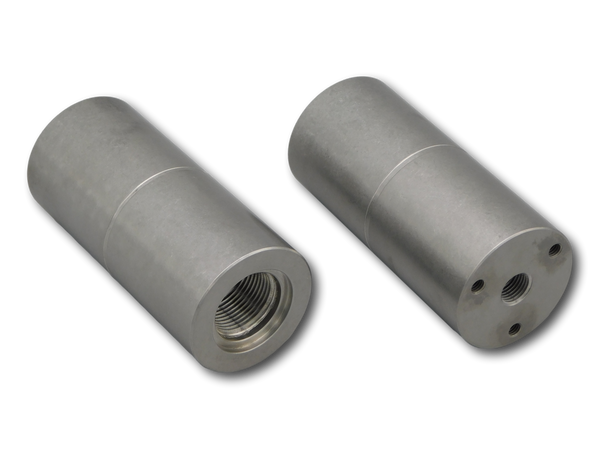- Messages
- 8,584
- Reaction score
- 7,290
- # of dives
- 2500 - 4999
Welcome to ScubaBoard, the world's largest scuba diving community. Registration is not required to read the forums, but we encourage you to join. Joining has its benefits and enables you to participate in the discussions.
Benefits of registering include
I have a regulator hooked up to a tank with a cut off second stage hose. The dip tube fits nicely into hose, and that will blow it all out in seconds.fact, when cleaning valves I find it is ideal to hook them up to a transfill whip and blow them through before I put them on a tank.
I have a regulator hooked up to a tank with a cut off second stage hose. The dip tube fits nicely into hose, and that will blow it all out in seconds.

This type of rust splatter in the very bottom is often due to hooking up the whip without blowing out the valve first. Few drops of high corrosive salty water does more damage sitting there than you'd think. I fill my own and rarely see this problem but I dont whip tanks. I use dilute phosphoric acid to clean up any surface rust like this, rinse and dry and done. Whipping leaves a fine rust dust on the interior which you need to rinse and dry out anyway.How much rust is ok in steel tank?
Any opinion on my tank?
Bought used 12l 232bar Faber, manufactured 2009, last hydro in 2019.
Rust is at the bottom of the tank. Same tank in both pictures, just in different angles, one cent coin for size reference.
Taking these pictures with cheap usb endoscope is pita.
View attachment 763653View attachment 763657
